Social Distance Thing
About the project
When social distancing was first introduced it was clear that not every person practised it properly or even at all. To help people visualize and become aware of the importance of social distancing we built the Social Distance Thing.
Project info
Difficulty: Easy
Estimated time: 2 hours
Items used in this project
Story
Step 1: Understand How It Works

The laser projector works by pointing a laser at a small mirror that is spinning. The mirror is attached to a computer fan and can be put at an angle. In this way you can set the size of the circle that the laser tracks around a person. The mirror should spin so fast that to the naked eye the projection looks like a complete circle.
Step 2: Wiring





Cut the wire connector off the wires coming out of the computer fan. Your fan probably also has a red, black and yellow wire. We will only use the red (+) and black (-) wire.
Take a long piece of electric wire with two strands to connect to the fan. Simple speaker cable will do just fine.
Cut two pieces: a long one of around 1,50m and a short one that is long enough to reach from the fan to the end of your laser pen. When in doubt, cut off a bit more. :)
On the other end of the long wire connect half of an old USB cable so it can go into the powerbank. Usually USB cables have the right color coding inside, strip the wire and connect to the red and black wires.
Make sure that there will be no short circuits by using cable shrink or electrical tape.
Step 3: Hack Your Laser Pen to Work on 5 Volt




To make it possible to power the laser pen from the battery pack we need to hack it a little bit. Normally it is powered by batteries that deliver anything from 3.3 to 3.7V. When we will provide 5V of power we might overstrain the laser and this might reduce the lifetime. For the sake of convenience and speed we will accept that possibility. (If you are so inclined you can use a voltage regulator to prevent this)
The shorter end of our wire assembly goes to the laser to power it. Our laser pen had a lock on the end cap that can connect or disconnect the battery. By drilling into the end cap we could solder the + and - wire to the two poles of the lock. The lock mechanism was easily removed with a screwdriver.
Then we created a plug that could take the place of the battery and connect the spring inside (in our case ground) to the modified end cap. The plug consists of a piece of single core electrical wire used for mains that is wrapped with cardboard.
The switch of the laser pen is permanently pressed by tightly wrapping strong tape around it.
This is where you have to adapt to your particular laser pen form factor. If you have trouble with this step, a very basic alternative would be to leave the battery in and just switching it on by sticking the tape on the switch.
CAUTION: Never leave the battery in when you are powering it with the power bank!
Step 4: Test the Electronics

Plug the USB cable into the power bank. The fan should spin and the laser should light up.
Step 5: Build the Mirror





The mirror we used was cut from a piece of polycarbonate with a mirror layer that we had laying around. This might be a material that is a bit more difficult to source.
The mirror assembly is built using LEGO Technic pieces. The black or blue snaps have some friction and are suitable to create a hinge that stays in place when it spins.
If you don't have access to these pieces you will have to use other construction materials. Just make sure that the assembly hinges in the right way and that the angle won't change when it spins. Since the computer fan is not very powerful it is also important to keep it all light.
The mirror and the LEGO hinge are fastened with a piece of extra strong double sided tape. A glue suitable for plastic would also work.
The mirror assembly is then fastened to the flat surface on the fan using the same tape or glue.
Step 6: Connect the Laser to the Fan Assembly




Using LEGO Technic pieces or other construction material you can build a frame that connects the laser and the fan assembly. It is important to make sure that the laser aligns perfectly with the center of the fan.
We used cable ties to attach the LEGO beams to the laser and the fan. Additional cable ties can be used to clean up any loose hanging cables.
Step 7: Connect the Projector to the Tube



Get a piece of PVC pipe and cut it to a length so it can reach from your belt to around 40-50cm above your head.
Cut a piece of thin cardboard to wrap around the end of the laser and the end of the pipe. In our case, the pipe is a bit smaller, so we added an additional small piece of cardboard . This wraps around the end of the pipe so its thickness matches that of the laser.
Step 8: Set the Right Social Distancing Distance



Measure the social distancing distance that is advised by your local health authority or the WHO. In the Netherlands it is 1,5 meters.
If the circle that the projector creates is too big or too small, you can adjust the angle of the mirror. Setting it more flat will decrease the diameter of the circle, more acute will increase...well, you'll get it. :)
Step 9: Take It Out to the Streets and Help Create Awareness About the Importance of Social Distancing


The whole point of building the Social Distance Thing is to have as many people see it as possible. Go out on the streets around dusk or at night and you will be able to put a smile on peoples faces.
In our experience it is a lighthearted way to draw attention to an otherwise serious subject. It breaks the ice and makes it easy to engage in a conversation about social distancing.
We believe that people are more open to the message when they are approached in a positive and fun way. Help us spread the message!
We would love to hear if you have built one.
#staysafe





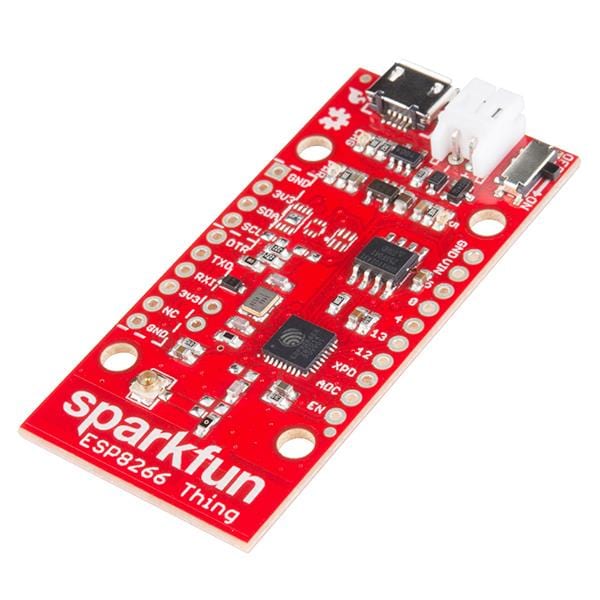
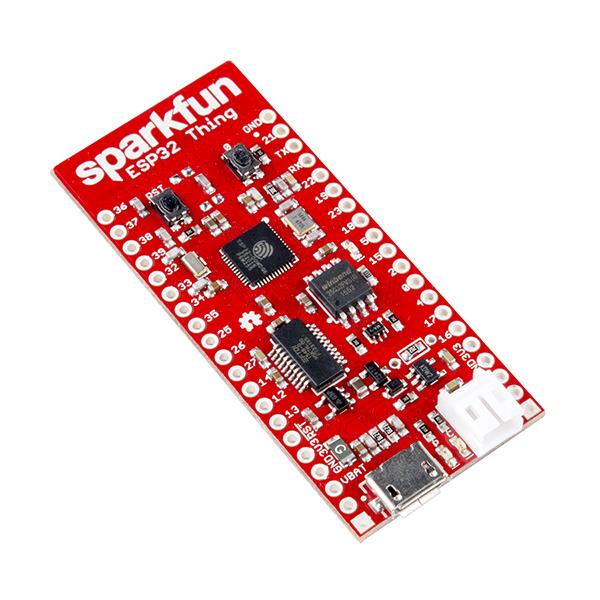
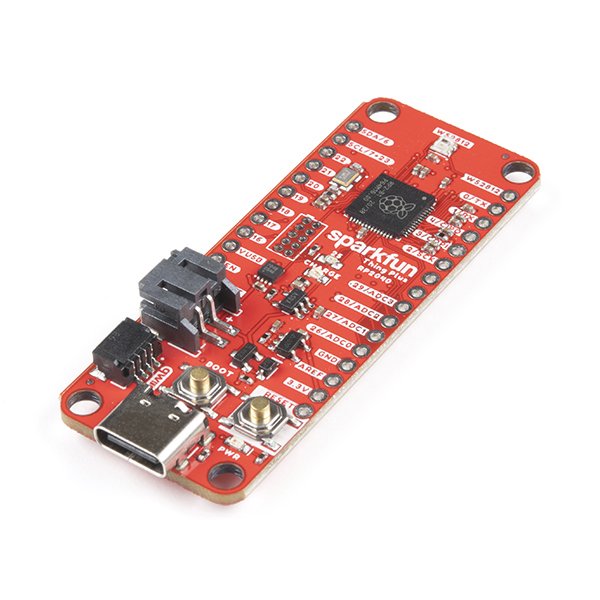

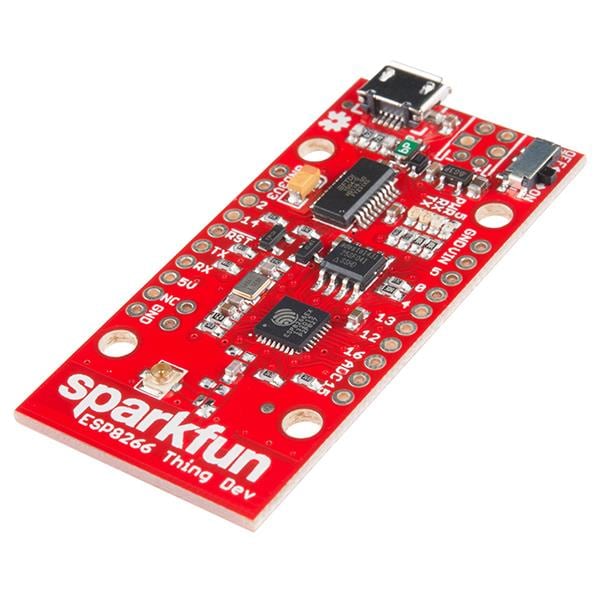
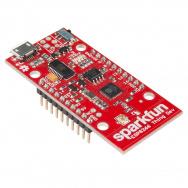
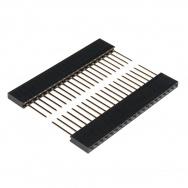
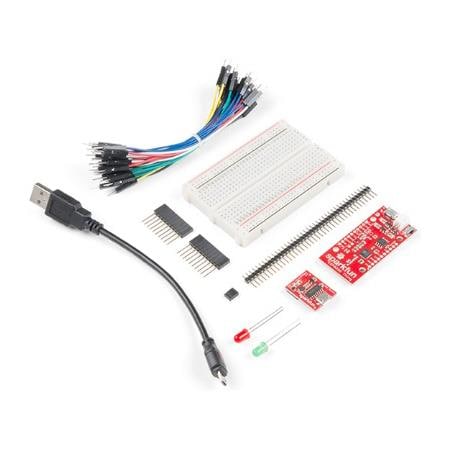
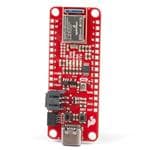
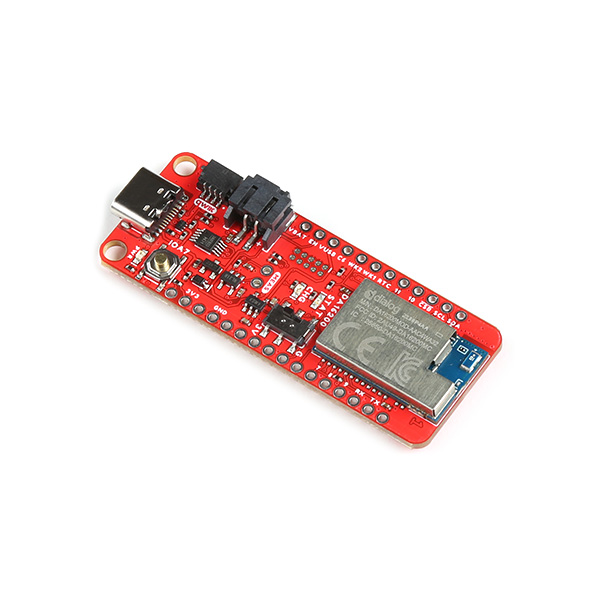
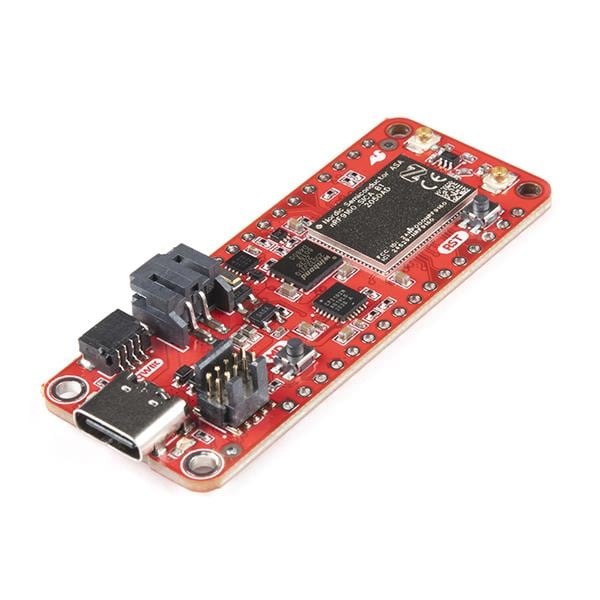
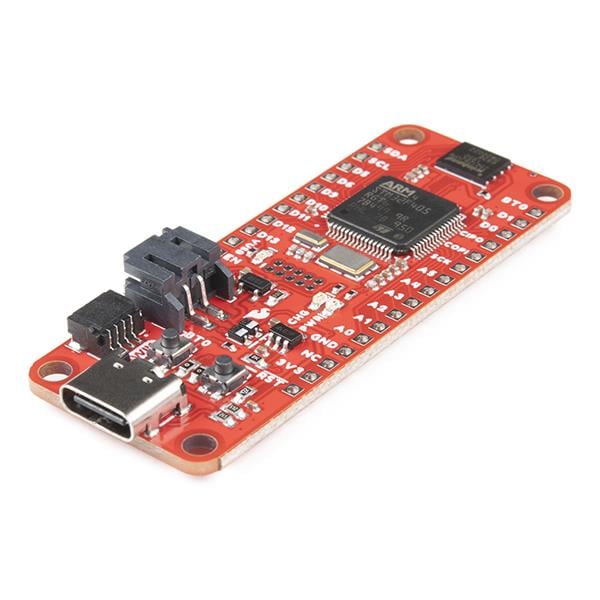
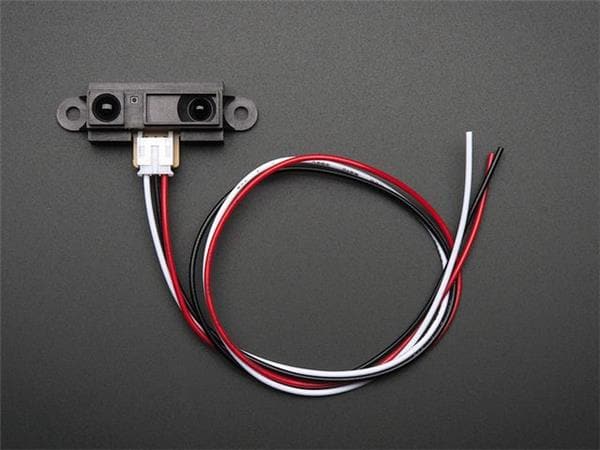
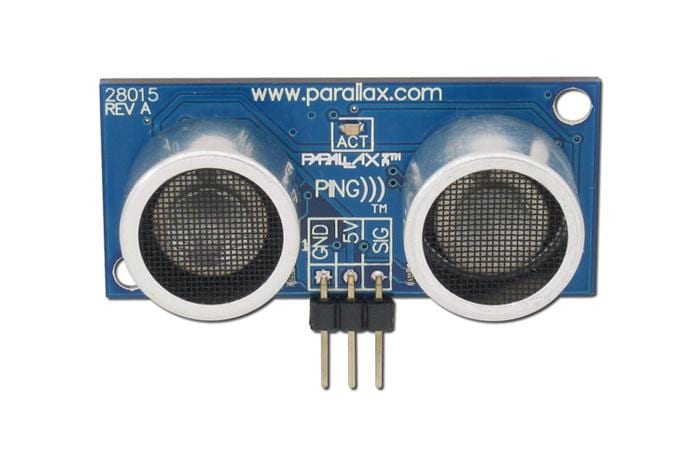
Leave your feedback...